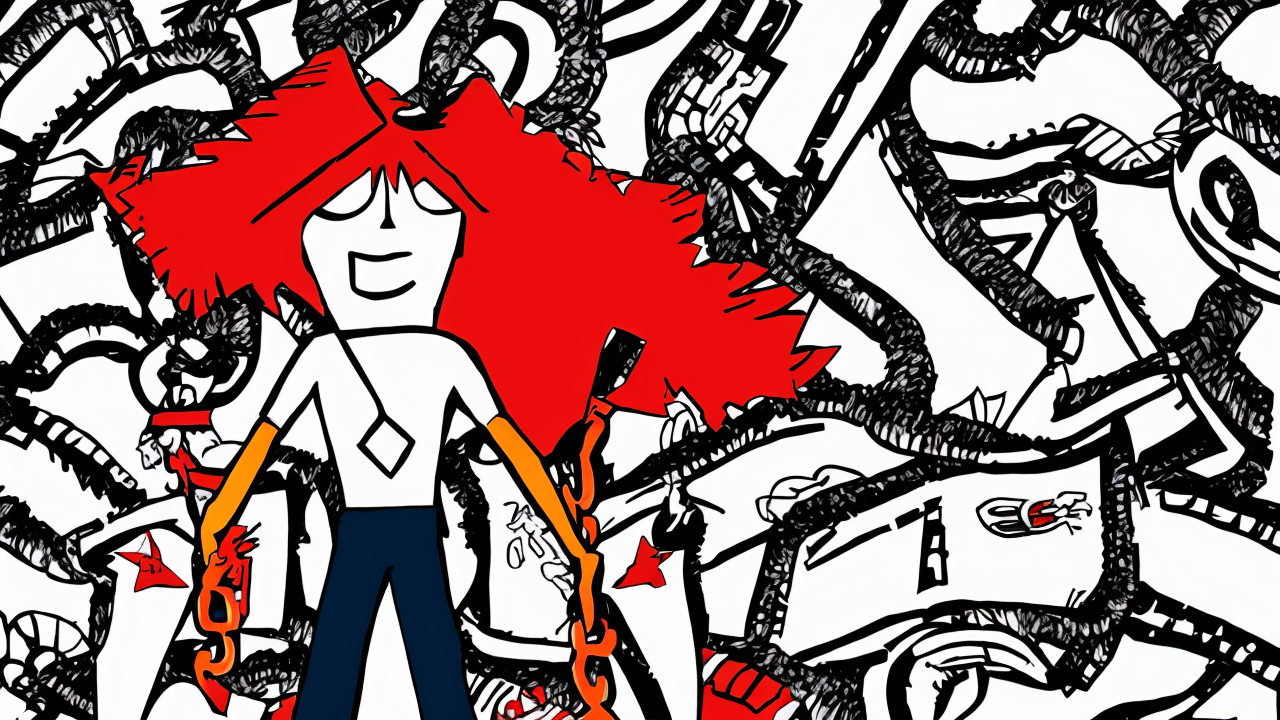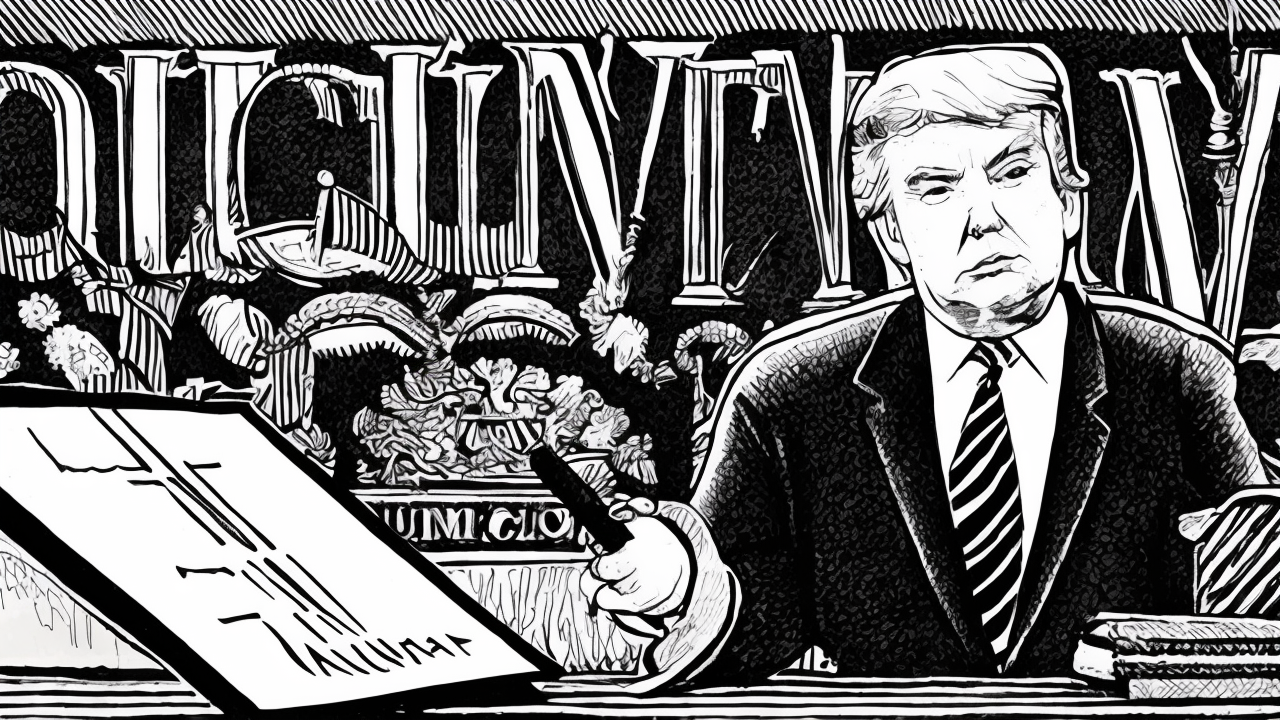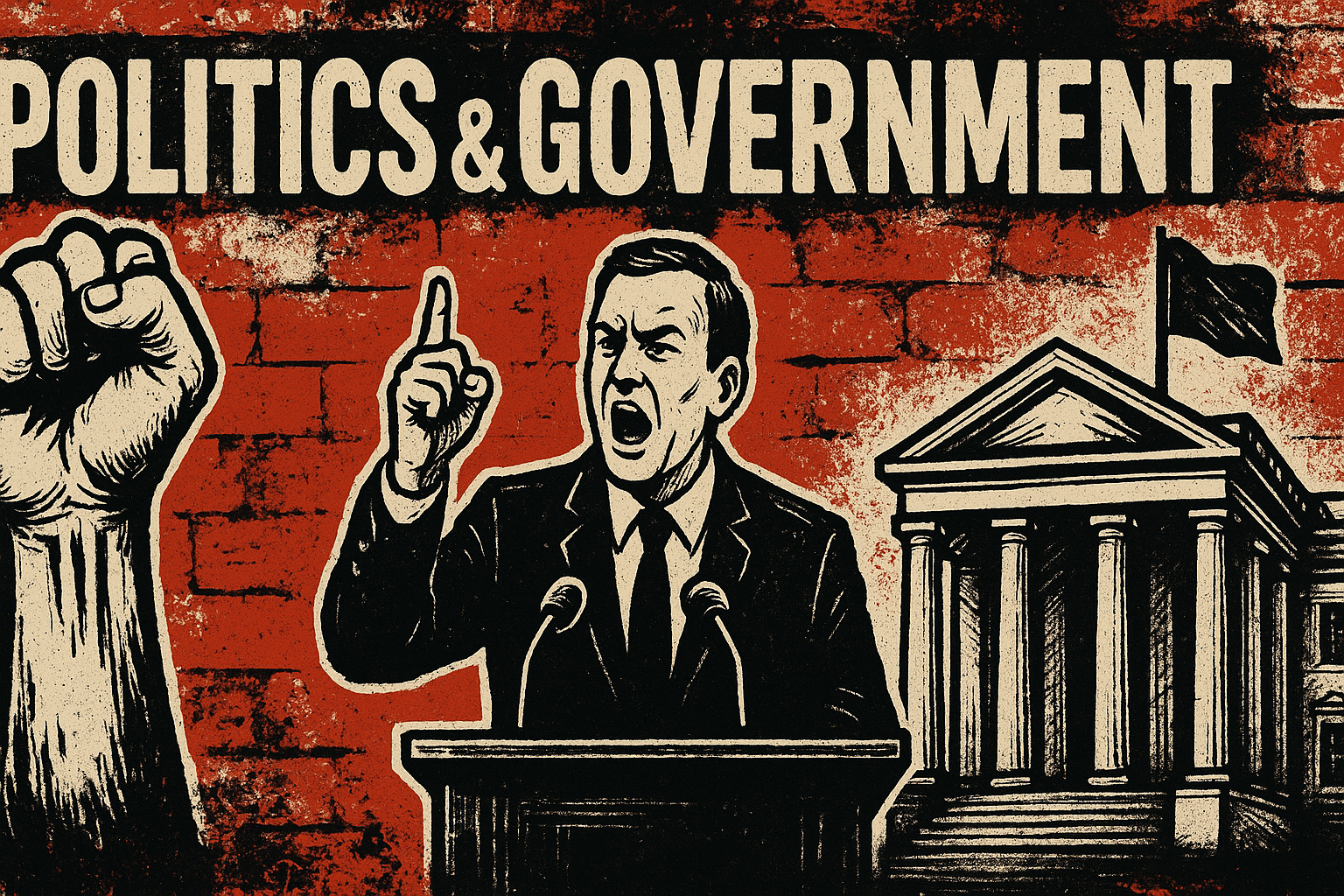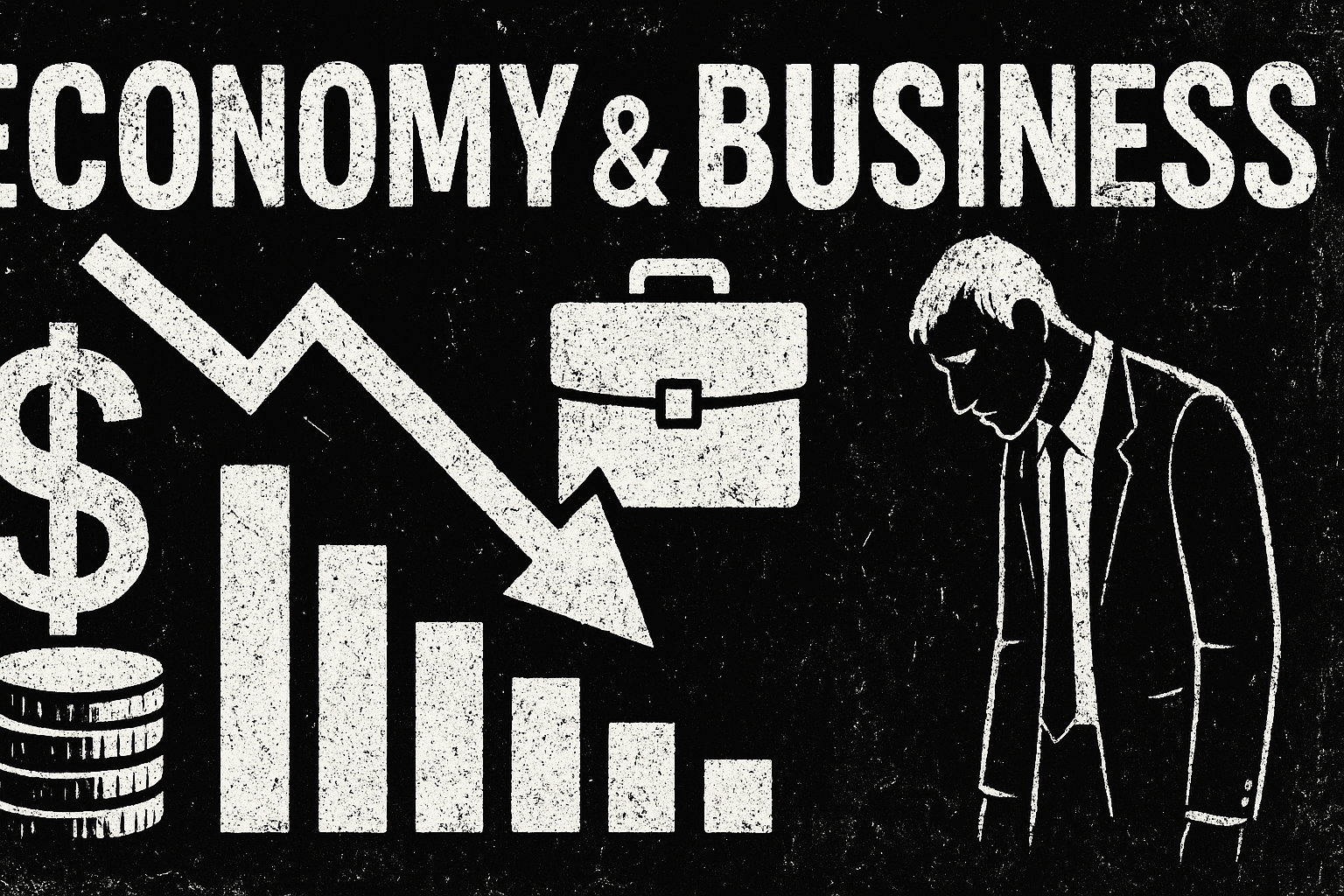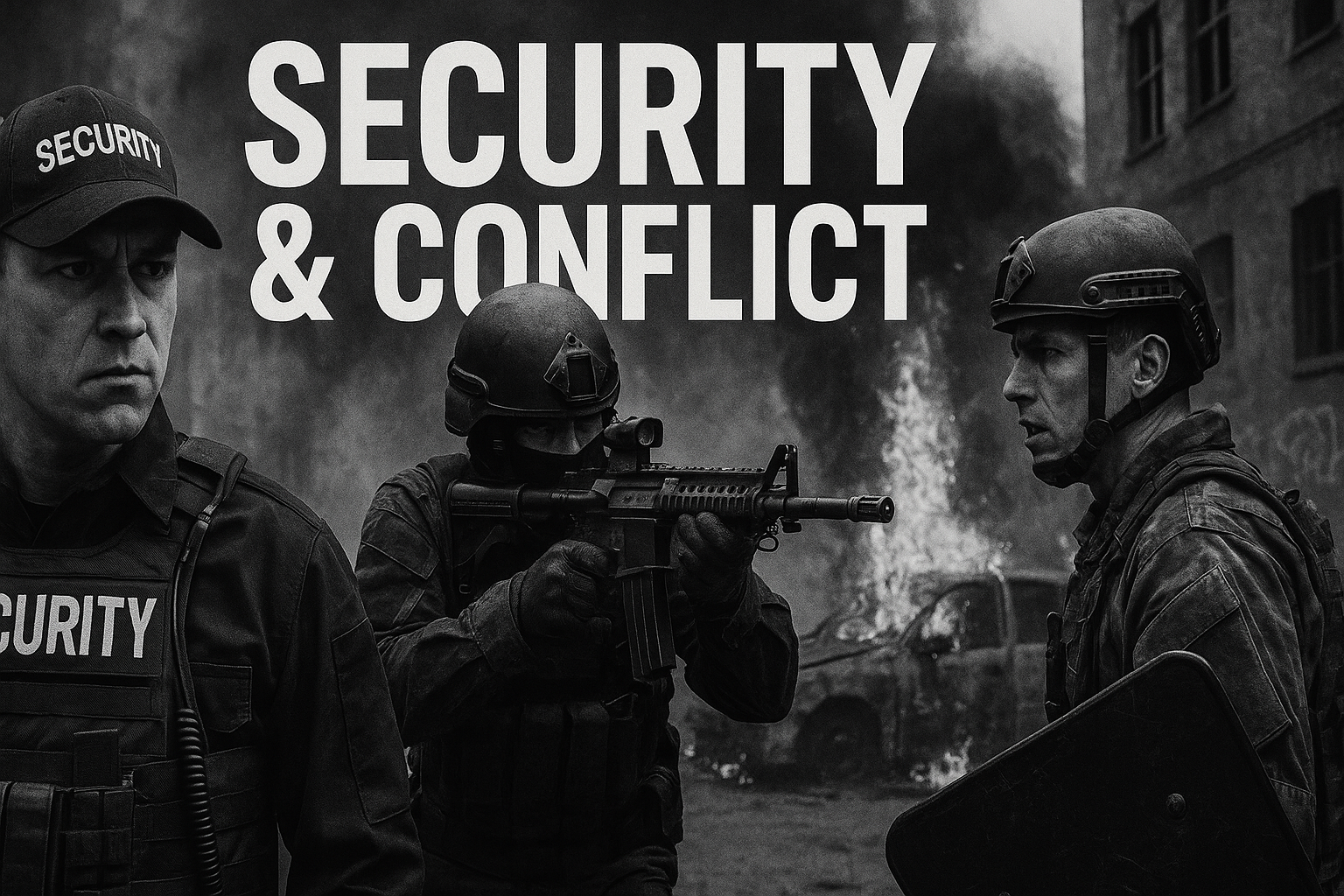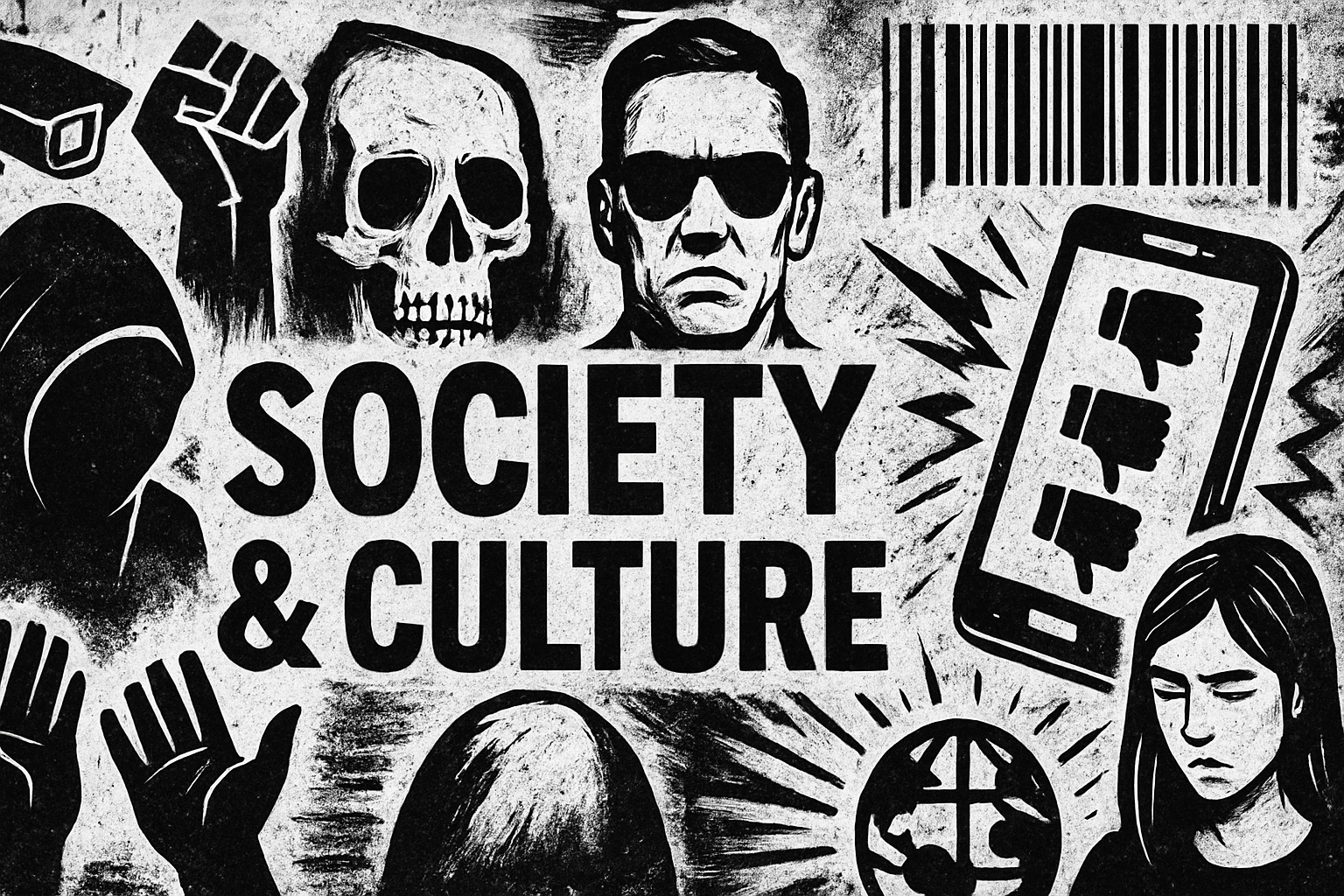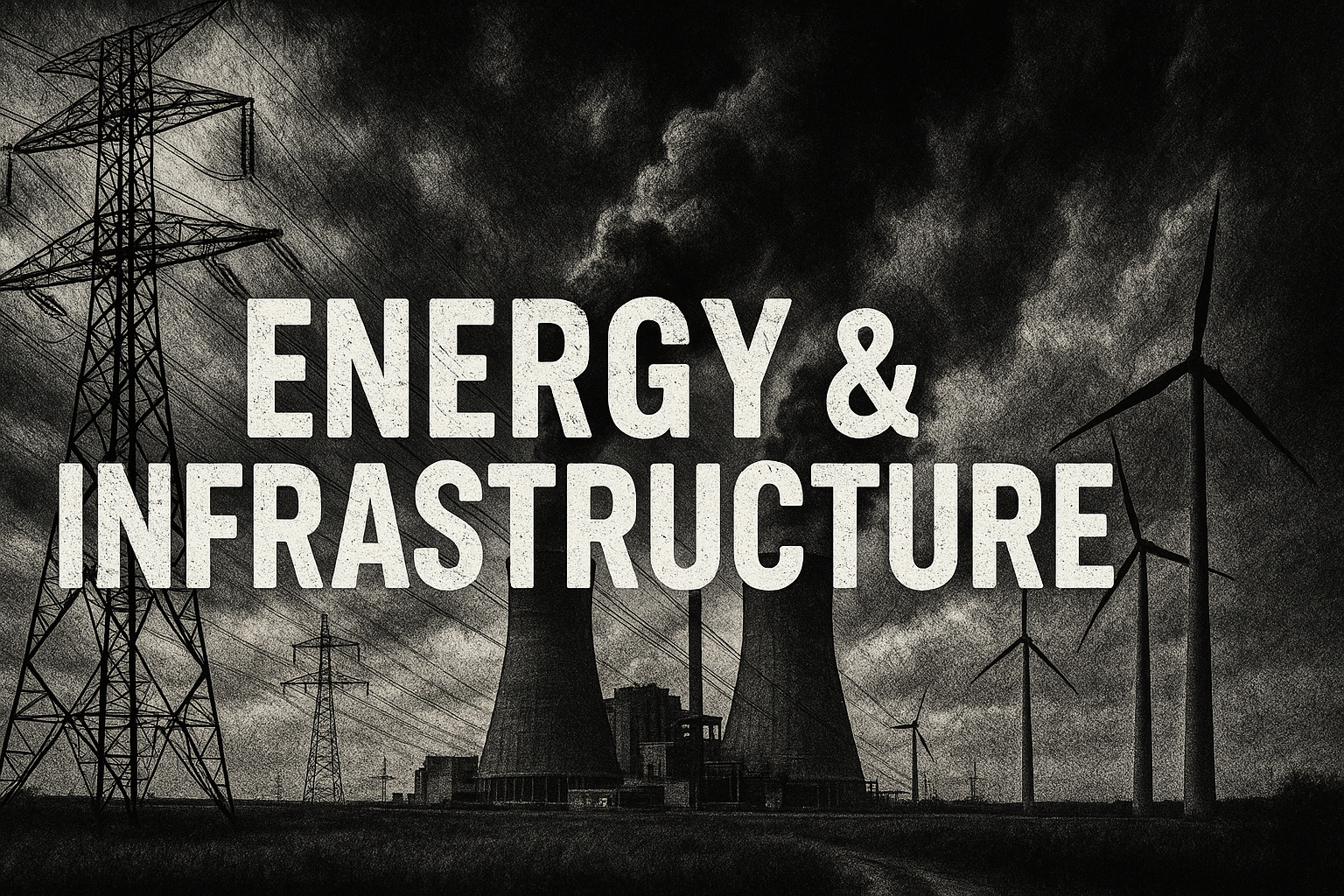Trump, Europe, and the 'Snapback' Showdown with Iran
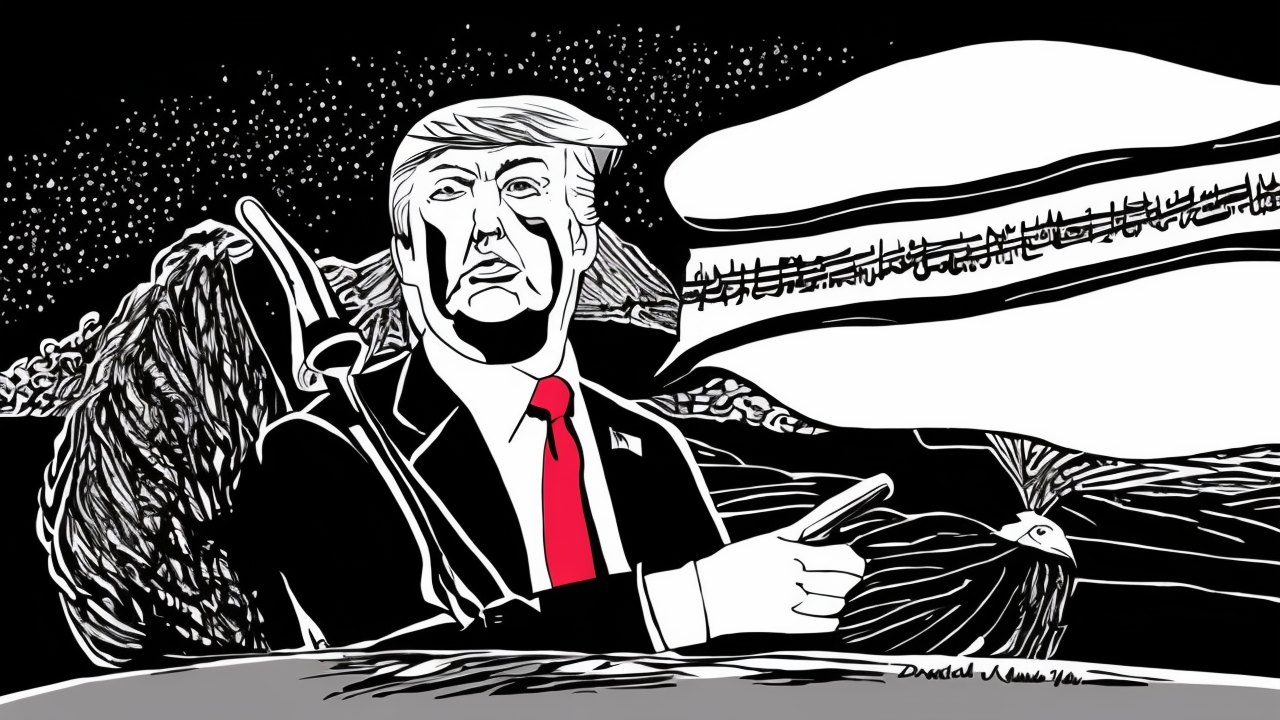
The U.S., Iran, and European powers are on a collision course over the "snapback" of six United Nations Security Council (UNSC) resolutions suspended under the 2015 nuclear deal. If triggered, these resolutions could reignite tensions and escalate conflicts in the region. While Europe holds the final decision on snapback, its choice could determine whether diplomacy with Iran succeeds or the U.S. is drawn into another Middle Eastern war.
Triggering snapback is a lose-lose scenario. If Europe declines to act, the U.S. and its allies risk losing the ability to enforce critical UNSC sanctions. If snapback is triggered, Iran has warned it will withdraw from the Nuclear Non-Proliferation Treaty (NPT), a move that could escalate tensions and force Trump into another Middle Eastern conflict.
To avoid this, the U.S. and Europe should push for an extension of the snapback deadline, aligning it with a realistic diplomatic timeline. This would allow Iran to save face while potentially resuming nuclear monitoring by the International Atomic Energy Agency (IAEA). Extending the deadline would also signal to Tehran that the U.S. is not intent on immediate conflict, creating space for diplomacy.
As it stands, Iran’s nuclear program remains largely unknown due to recent strikes and the absence of IAEA monitoring. With sanctions looming, Iran is unlikely to restore international oversight without concessions. More time is needed to negotiate a sustainable deal, avoiding a repeat of past crises.
President Trump has shown a willingness to seek alternative solutions, and this moment calls for a similar approach. By delaying snapback, Trump can avoid another Iran nuclear crisis and keep the door open for a new diplomatic chapter.
Published: 8/10/2025


